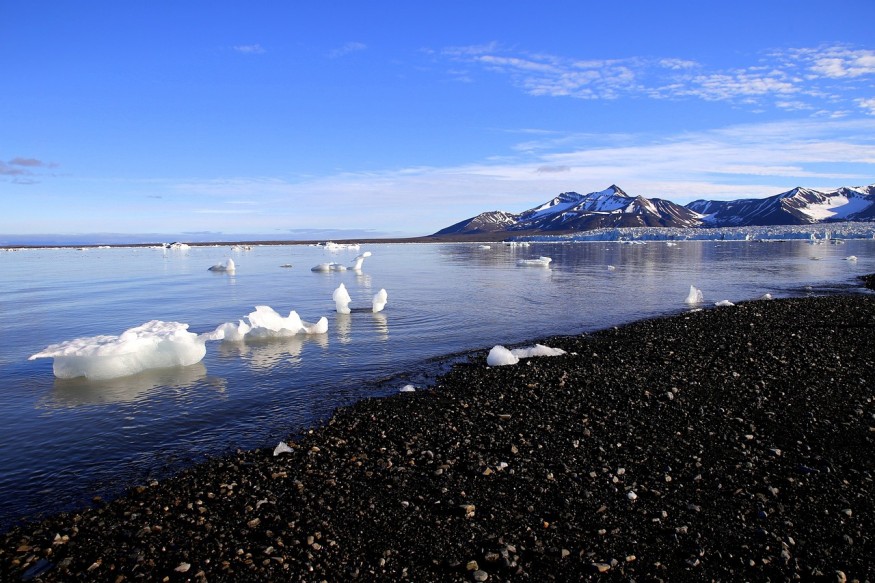Ancient pathogens, dating back thousands or millions of years ago, stuck in ice and coming back to life have been a subject of science fiction for a long time. However, in recent years, permafrost thawing due to climate change and global warming is leading to the release of some of these prehistoric microorganisms into the world.
Amid the threat, scientists have since then studied their potential impact on life and ecosystems in today's time.
Now, a new study described the pathogenic "time-traveling invaders" and predicted their potential impact on the world, including humans, through simulation. Despite the digital method used by the researchers, the chance of a catastrophic biological and environmental event is still low. However, there is a relatively low population of these pathogens called "black swans" that can make an impactful event, as cited by reports.
Scientists blame permafrost thawing caused by rising temperatures, which somehow restarts the biological metabolism of the ancient pathogens that were able to survive even for a long time. Their survival is due to low temperatures provided by ice that served as their shelter.
Regardless of the ancient microorganisms' long state of dormancy, living creatures of today are theoretically not equipped or immune to fight against them.
Ancient Pathogens

In the said study published in the journal PLOS Computational Biology on July 27, an international team of researchers explored the reality of permafrost thawing and the potential occurrence of "lab leak" of ancient pathogens, posing threat to human health and ecological communities.
The team also admitted that the potential impact of the time-traveling invaders or Black Swan pathogens is still unclear. Thus, further research is needed to explore the real-world biological repercussions should large amounts of these microorganisms infect humans.
The study investigated the rate and impact of these ancient microorganism invasions in today's present microorganisms and compared it to environments where no invasion occurs.
The assessment concludes that there are varying scenarios that could happen when these prehistoric pathogens invade modern-day viruses and bacteria. It also showed that such a scenario is no longer far from reality.
Also Read : Thawing Arctic Permafrost Poses Serious Risk to Life Across the Planet and Infrastructures
Permafrost Thawing
Aside from releasing greenhouse gases like methane and carbon dioxide, permafrost thawing is packed with microorganisms like bacteria, viruses, and among others. Consisting of gravel, soil, and sand, permafrost binds these particles through the ice, wherein the majority was a result of Earth's several periods of Ice Age between 10,000 and 100,000 years ago.
In November 21, Tuvalu's Minister of Justice, Simon Kofe, showed the reality of climate change-driven melting of ice and sea-level rise during the COP26 event when he addressed the United Nations while standing in knee-deep seawater, according to UN News.
The UN News report also acknowledged the release of ancient bacteria and ancient viruses during permafrost thawing, which can potentially make animals and humans very sick. In fact, scientists in the past have discovered microbes aged over 400,000 years old inside thawed permafrost, according to the National Aeronautics and Space Administration.
© 2025 NatureWorldNews.com All rights reserved. Do not reproduce without permission.





